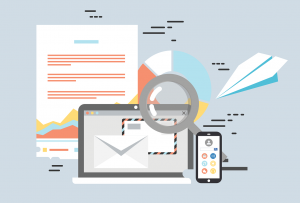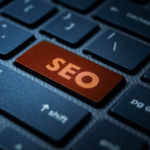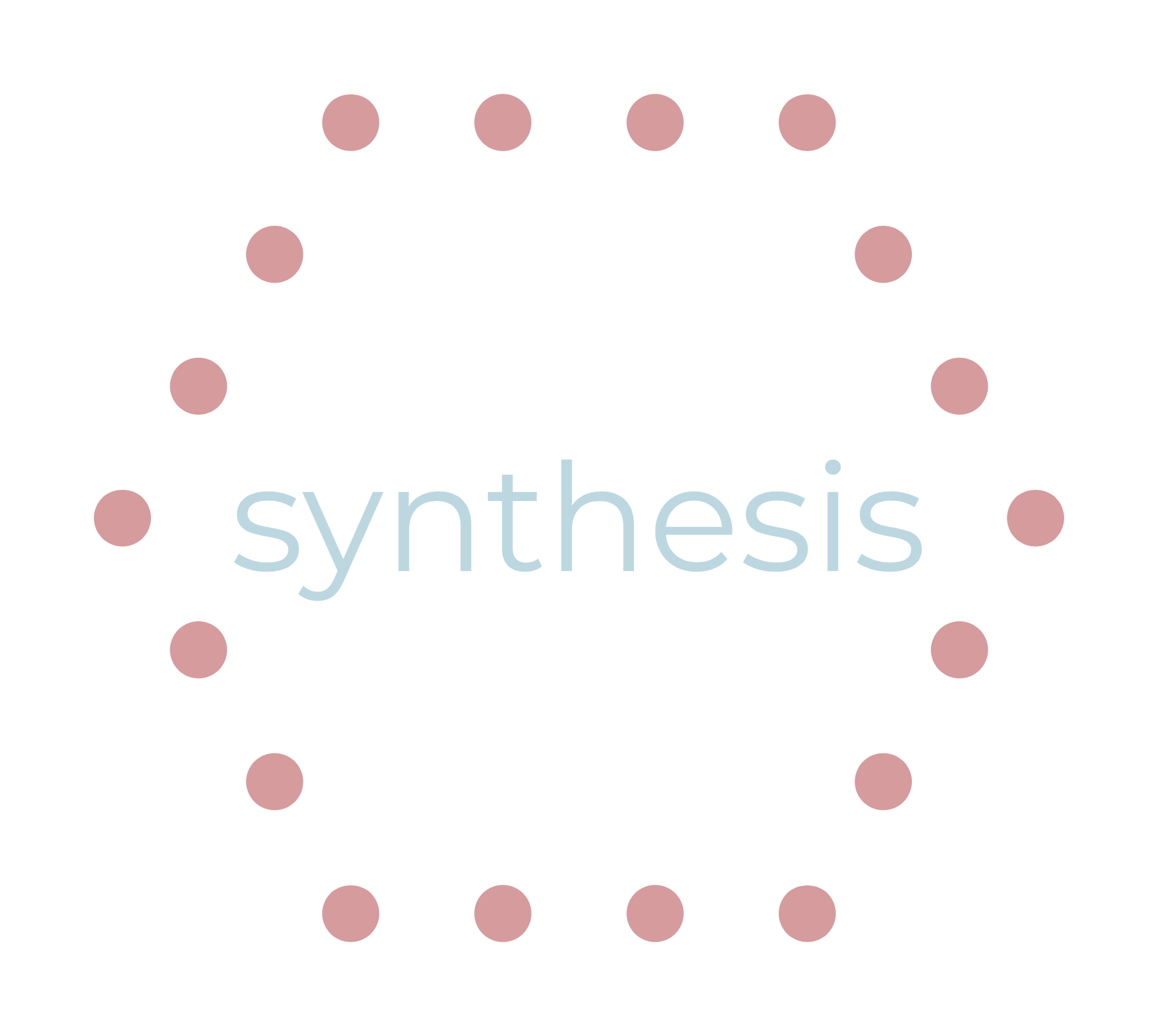Contents
- What is B2B Digital Marketing?
- B2B Digital Marketing vs. B2C Digital Marketing
- B2B Digital Marketing Research
- B2B Digital Marketing Strategies
- Conclusion
What is B2B Digital Marketing?
B2B stands for “business-to-business”. Digital marketing for B2B differs from B2C digital marketing. Instead of marketing your products or services directly to consumers. You’ll be gearing your marketing toward B2B company decision-makers.
B2B marketing targets the needs, interests, and challenges of individuals who are making purchases on behalf of their organization. This makes the organization the customer. B2B customers want to be educated about your product or service and how it would benefit their organization. This often means their decision to purchase will take longer as they weigh their options.
Organizations are going to want to take time to understand what purpose this product serves and how it will benefit them in the long term. They don’t tend to make hasty purchases without much thought as B2C customers often do. Additionally, B2B customers are more inclined to make purchases based on logic and cost-effectiveness rather than based solely on emotions. This does not mean removing emotion from your content. It simply means you’ll spend more time educating the customer.
B2B Digital Marketing vs. B2C Digital Marketing
Essentially, B2B and B2C digital marketing have the exact same objective in that you are trying to get more customers. However, as we discussed above, B2B and B2C customers have different criteria for how they decide to make a purchase.
For B2C customers you want your digital marketing strategy to evoke emotion. Emotions can be fear, happiness, sadness, etc. This is why fun, aesthetically pleasing social media campaigns and ads usually do very well for B2C digital marketing. However, B2B digital marketing is different in that the decision-makers for B2B purchases want a valid business case. Think about how can this product save money, generate money, or improve productivity. Use data, social proof (testimonials), and case studies showing the effectiveness of your product or service.
B2B Digital Marketing Research
B2B (business-to-business) marketing research services are specialized research services that help businesses understand the needs and preferences of other businesses, as well as the competitive landscape and market trends in their industry. These services can be provided by research agencies or in-house teams and may include market analysis, customer research, competitive analysis, and more.
B2B marketing research services help businesses gather insights and data that can inform their marketing and sales strategies, as well as help them make informed decisions about product development and business growth.
Create Your Decision-Maker Persona
Before getting into your B2B digital marketing strategy it’s important to establish who your potential customers are. Creating a decision-maker persona (aka, “buyer persona“) is a great way to do this. A persona is an effective and convenient way to pinpoint all of the characteristics of your ideal target audience.
As we stated earlier, B2B prospective customers tend to be the decision-makers for organizations and those are the individuals that you want to be targeting. This can be business owners or marketing teams, so you may have multiple buyer personas.
By using a program or template to create your decision-maker persona you can base your digital marketing efforts on this persona to keep things consistent and in line with who you believe your main target audience will be.
A very efficient and effective way to nail down your decision-maker persona and get a broad overview of who they are is by using a program such as HubSpot’s Persona Tool. With their Persona Tool, you can create a profile to represent your target audience. They provide current data and market research. This will give your organization a better idea of how to prioritize your marketing efforts. Resulting in more conversions from key decision-makers (ie, your customers). Characteristics that you should focus on are:
- Age
- Education
- What social networks do they use
- Preferred communication
- Job
- Types of tools they use to do their job
- How their job is measured
- Goals or objectives
These aspects can give you a lot of valuable insight into how to best market to your ideal persona, and help you develop and refine your digital marketing strategy. HubSpot’s Persona Tool supplies knowledge on the challenges, goals, and traits of your ideal customer and how you can aim your strategy to generate leads and turn users into customers.
B2B Customer Journey
Creating a B2B customer journey (roadmap) ensures you and your marketing team follow consistent guidelines to execute your marketing strategies and goals. The customer journey process begins when we ask our clients to fill out the customer profile intake form so we can get to know who they are on a deeper level. Then we’ll narrow down their ideal customers by creating a B2B buyer persona (i.e. customer profile) that acts as a reminder of who and how they should be interacting with their clients (using the marketing strategies above). This is a two-way process that requires consistent back-and-forth communication in order to create marketing strategies that clients will be happy with and to provide a smooth customer journey experience.
B2B User Stories
Once the customer journey portion is complete, our client’s journey with us does not necessarily end. While creating a smooth customer journey is essential, we also want to provide prospects and current clients with a smooth user experience. Conducting customer research is an important process that requires marketers to use visual tools, like B2B user stories, to help clients increase sales and conversion rates. User stories (aka, “user story maps”) are visual representations of customers’ interactions with a brand or business’s website and are usually created after the customer journey process. This tool allows us to discover new online opportunities and implement feedback to provide users with a seamless experience.
B2B Digital Marketing Strategies
It’s now time to use your decision-maker persona to establish a strategy on how to reach your target audience. Focus on how to capture their attention with the goal of entering them into your sales funnel. Decipher which stage in the buying funnel they are in and then proceed with a specific strategy.
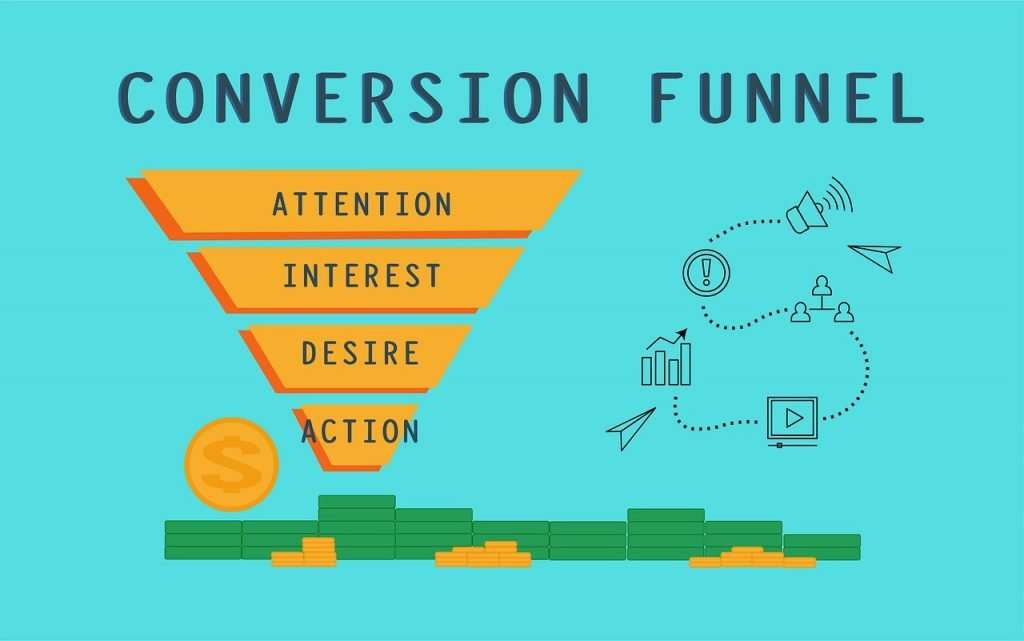
B2B Conversion Optimized Website
The goal of any B2B website should be to convert visitors into customers. However, it’s not always this simple with business customers. As we have discussed before B2B purchase decisions happen differently.
B2C customers want to see your product or service in action, and a testimonial might before purchasing. B2B purchase decisions, on the other hand, are often much longer. They tend to want educational content. Things like case studies, verified testimonials, market research, or any data relevant to how your product or service performs. They aren’t coming to your website to make a first-time impulse buy. Especially not if your product or service has a high price tag. Therefore it’s important to consider all the stages of the sales funnel and have realistic goals.
A B2B landing page will look starkly different from a B2C landing page in both content and layout. This includes what you’re asking for. You’ll need to be much more patient asking for the sale. Make sure that your landing pages consider where your user is at in the purchasing journey. Note that best practices for landing pages apply to both B2B and B2C.
Some best practices for optimizing your B2b website include:
- Testimonials from previous clients
- Case studies from projects
- White papers on how your product offers a benefit
Having convincing data is a surefire way to capture a B2B buyer’s attention. This will help them evaluate the cost/benefit and justify their purchase.
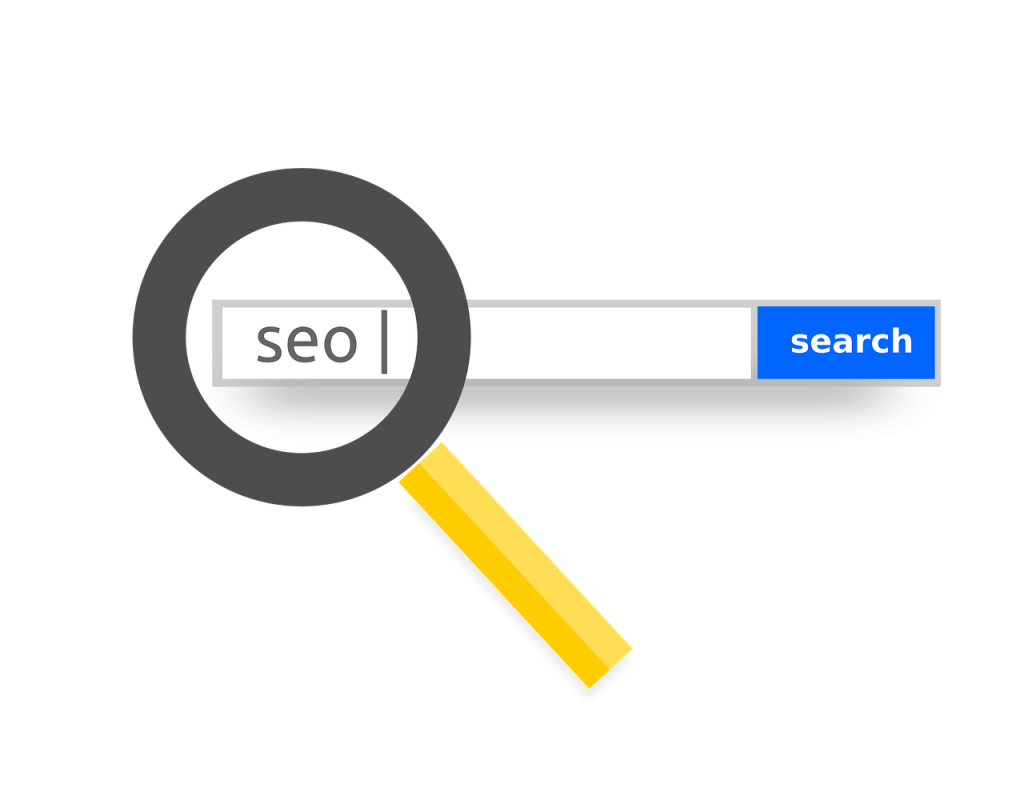
B2B SEO
SEO (or Search Engine Optimization) is just as crucial for B2B as it is for B2C. We can argue that it may be even more important. Typically B2B keywords are very expensive to purchase, so having an SEO strategy could save lots of money. In addition, B2B customers don’t come through social media or ad campaigns at the same rate as B2C customers. This makes it important that when they search for your product or service, you rank highly.
When going through your b2b content marketing strategy, it’s important to consider the buyer journey. Using a variety of both high-quality long-tail and short-tail keywords will help to ensure you have a higher probability of showing up near the top of the results page on their search engine. This will also help you catch the user in different stages of the buying process. Use SEO KPIs to measure success here. Remember your marketing content should be geared toward your prospective client’s needs and interests.
Additionally, when your site shows up on their SERP your title and meta description is going to be the first thing the user sees, so you want to make sure that they are relevant, concise, but also unique and attention-grabbing. Your content is also crucial in B2B SEO because the quality of your content can say a lot about the quality of your work, so you want to represent yourself as professionally as possible through the content that you create and share. Having written case studies in a blog post format is a great way to showcase your work, don’t be afraid to brag a little, show off your product or service, and talk about how it’s better than other similar offerings.
B2B Digital Advertising
When setting up your B2B digital advertising strategy, it will be similar to your B2C strategy in that you will use the same digital platforms. However, the major difference, as we have briefly discussed above, is that the content and manner will be more specific and much more refined. Always keep your business goals in mind.
You will still depend on paid media advertising platforms such as Google Ads, Social Media Ads (Instagram, Facebook, LinkedIn Ads, etc) to target your audiences. But instead of fun eye-catching imagery and graphics, you’ll want to pinpoint the benefits of your product and why it is effective and worth the viewers’ time and money.
We love utilizing a series of ads throughout various stages of the marketing funnel. For first-time users, we focus on education and use a series of retargeting ads as they become more familiar with the brand. If you’re looking at lead generation, then B2B PPC can be very effective if done properly
B2B Social Media
While B2B digital marketing hasn’t always been focused on social media content, it has become a very important tool in bringing awareness. Your B2B audience is there and you need to be also. It’s important to reference your decision-maker persona when deciding on what social media channels to focus your efforts on. We all would love to be everywhere, but it’s not always possible, so knowing who your business audience is will make your efforts more effective.
By having a robust social media marketing strategy and consistently posting high-quality content to social channels, you’ll be more likely to have people come across your business by way of their social media and then tell others about it by word of mouth. Posting reviews or testimonials from past clients is a great way to build credibility and also gives you the ability to engage with your client’s social media accounts by using the tagging and stories features. Using relevant hashtags to market your content on social media can be another effective way to help users find your business as well, but make sure not to go too crazy with the hashtags and instead choose a handful that is applicable to your brand and your products or services.
Remember, that while it may seem like your social media efforts are growing slowly, it is important to remain consistent. Building out a quarterly, or yearly content calendar will help you remain vigilant.
B2B Digital Marketing Trends for 2023
While it’s difficult to predict all of the trends that we’ll see each year within the realm of digital marketing, these are some of the best predictions that we have based on current and developing trends from 2021.
UX Website Design
It’s probably no surprise that when it comes to creating and launching a website, user experience can make or break its performance, especially when it comes to generating leads and sales. In 2023, having a streamlined design that gives a clear user journey, has high-quality engaging content, and has a quick load time, is an absolute must.
Having a phenomenal website with UX top of mind is key to making a great first impression on your customer when they enter your site. Your website is a reflection of your business. Make sure to give your prospects a glimpse into what it may be like working with you. We believe this will continue to be a key trend in influencing consumers’ decisions.
Email Marketing Automation
Marketing automation refers to streamlined processes that target your audience without having to manually perform each and every step. A great example of this is email automation based on user activity. Let’s say a user enters your website and scrolls through a landing page, they sign up for your email newsletter to redeem the 15% off code that prompted them to do so. Maybe they browse a little bit more and take a look at some of your products, then decide to leave the site. Because you now have their email, you can set up an email activation that will send a message to their inbox with images of the products they were looking at and prompt them to “add to cart” or “continue to checkout”. Sometimes little reminders are exactly the push that users need to result in a conversion or sale.
Mobile Strategies
It’s no secret that mobile devices dominate the business world. Most website traffic, whether it’s B2C or B2C occurs on a mobile device. Therefore it is essential to make sure that you are targeting mobile users and have a mobile-optimized website. This includes providing a seamless interaction between your social profiles and website. A user should be able to find you on social media, go to the link in your bio and access your website.
Another strategy would be to have the link in your social media bio direct the user to a landing page where they can sign up for your newsletter, or even better SMS messages that can be much more instant and effective than email nowadays. Mobile usage will only continue to increase and if you haven’t already invested in your mobile marketing strategy then now is definitely the time to do so.
Content, Content, Content
While this isn’t a new concept, content continues to be one of the more important aspects to focus on within your B2B digital marketing strategy. In 2023, people resonate with high-quality content that is consistent with your brand and your business more than ever before. With so many brands marketing themselves and being accessible at the tap of a screen or click of a button, it pays to create meaningful, quality content that is unique to your brand and will help you to stand out. Having a solid content marketing strategy is a must.
Conclusion
As you’ve seen in this guide it can be easy to overlook how different B2B digital marketing really is. You are now ready to market like a pro! Before you head off and crush your B2B goals, make sure to sign up for our newsletter for exclusive content and tips!

